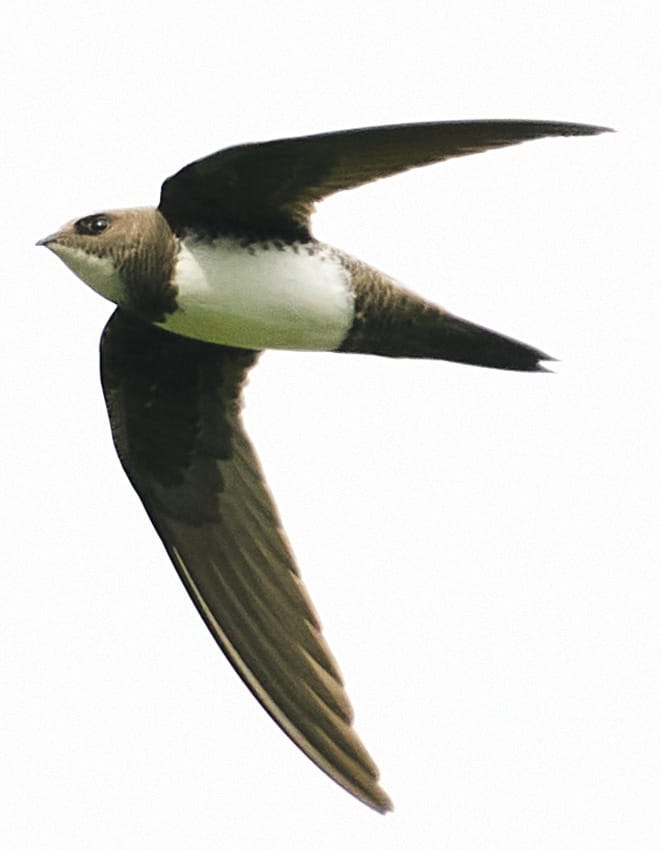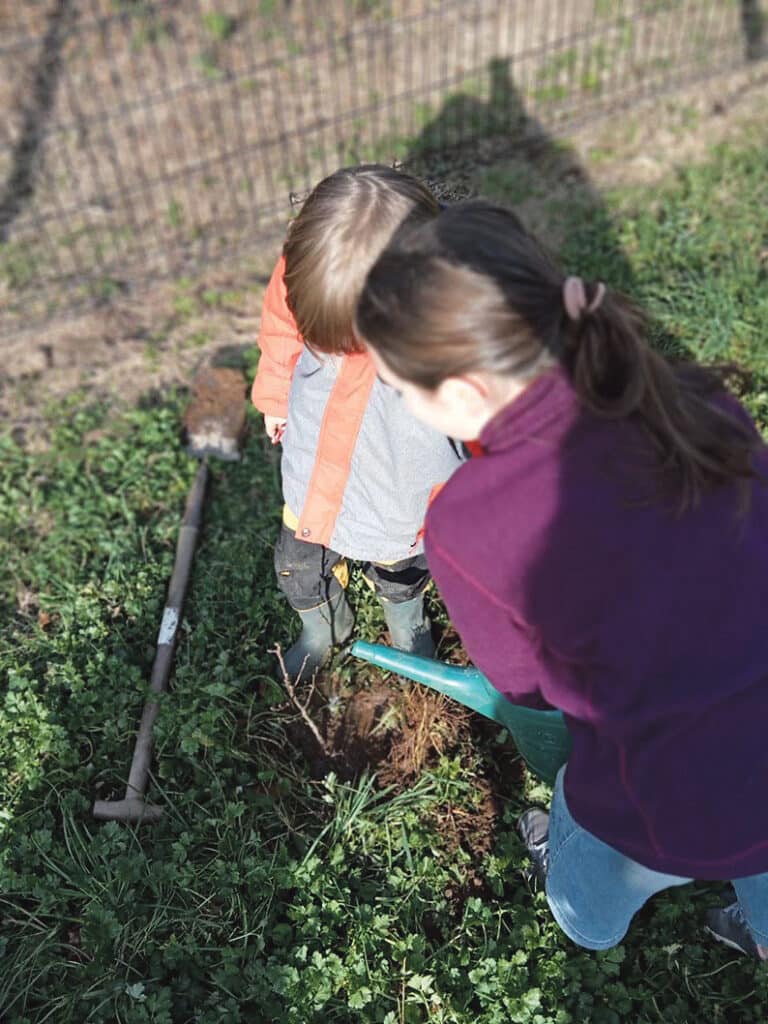Committee Member Jez Simms tells us more about the extraordinary influx this March of a bird only occasionally seen in Ireland.
At the time of writing, in the third week of March, an unprecedented ornithological event is taking place across Ireland (and the British Isles) with the largest ever influx of Alpine Swifts to reach our shores and come dashing through our skies. These magnificent birds, which are almost twice the size of our regular Common Swifts, have been spotted from Donegal to West Cork sweeping through the air and roosting overnight in tall buildings, often favouring churches and cathedrals. Easily recognised with their white throats and underparts they have been seen in Bandon, Clonakilty, Rosscarbery, Carrigaline, Midleton, Catlemartyr and Cork City. Sightings continue to rise across the country with a group of nine birds over Blackrock, Dublin on March 20. The map created by Irish Rare and Scarce Bird News (Twitter @IRSBG1) shows the full extent of the sightings. At the time of going to press, the total recorded arriving in Ireland is over 70. The highest number ever recorded in one year before this was five.
The reason for this influx seems to be an overshoot of their usual migration routes due to favourable winds and also the fact that they, like several other species, have gradually been extending their range northwards. Alpine Swifts migrate much earlier than our Common Swift with mid-March being the peak period, whereas we will not see Common Swifts in West Cork until May. Their range is widespread and they are found in Africa, India and southern Europe, from, Turkey to the Iberian peninsula. It is very likely that these birds may been migrating from Africa to Southern Europe and just kept going.
Like all swifts, Alpine Swifts are masters of the air, they have a powerful flight with deep slow wing beats. They spend most of their lives in the air, catching insects, drinking and even sleeping on the wing. In 2013 the Swiss Ornithological Institute and the Bern University of Applied Sciences reported their findings from six Alpine Swifts, electronically tagged during a year-long migration cycle, some of which were recorded as staying aloft for 200 straight days. Not to be outdone, a study published in 2016 reported that ‘our’ Common Swift can remain airborne for up to 10 months!
So keep your eyes raised in the coming days, especially if in the vicinity of a church or cathedral and you might be lucky enough to spot one of these amazing vagrant visitors.
Upcoming outings being held by the Branch are:
April: Spring migration ad hoc events
Sunday, May 14: Dawn Chorus at Liss Ard Estate, Skibbereen
Visit our website www.birdwatchirelandwestcork.ie for more information about these events. To receive news and reminders about our events join our mailing list by sending an email to mailinglist@birdwatchirelandwestcork.ie. For more information about the Branch, contact Fiona O’Neill at secretary@birdwatchirelandwestcork.ie.
Facebook
@BirdWatchIrelandWestCork. Twitter @BWIWestCork.



